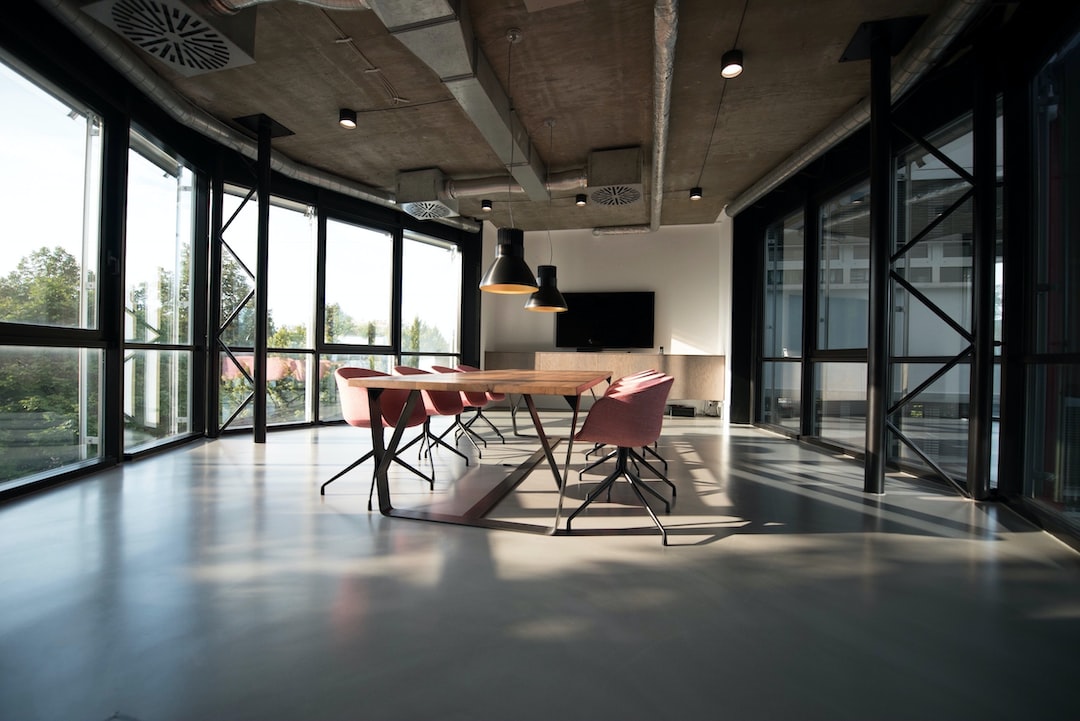The Future of Retail: Emerging Trends and Innovations to Watch
The retail industry is constantly evolving, and with the rise of e-commerce and technological advancements, the way we shop is changing at an unprecedented pace. In recent years, we have witnessed a transformation in the retail landscape, from the widespread adoption of online shopping to the integration of artificial intelligence and augmented reality in the shopping experience. As we look towards the future, several emerging trends and innovations are set to reshape the retail industry further.
One of the most significant trends that we can expect to see is the continued growth of e-commerce. Online shopping has already revolutionized the way consumers shop, providing convenience, a wide variety of choices, and competitive prices. With advancements in technology, such as faster delivery options and improved user experiences, the popularity of e-commerce is expected to soar. According to a study conducted by Statista, global e-commerce sales are projected to reach a whopping $6.54 trillion by 2023. This trend will undoubtedly have a profound impact on traditional brick-and-mortar retailers, forcing them to adapt or face the risk of becoming obsolete.
In addition to the growth of e-commerce, we can also expect to see a surge in the use of augmented reality (AR) and virtual reality (VR) technologies in the retail industry. These technologies have the potential to transform the way we shop, allowing consumers to try on clothes virtually or visualize furniture in their homes before making a purchase. Several major retailers have already begun integrating AR and VR into their shopping experiences, providing customers with a more interactive and personalized journey. For instance, beauty brands are using AR tools to let customers try on virtual makeup, while clothing retailers allow shoppers to see how certain garments would look on them using virtual avatars. As these technologies become more accessible and affordable, we can anticipate their widespread adoption across the retail sector.
Another exciting trend that is poised to shape the future of retail is the implementation of artificial intelligence (AI). AI has already made its presence felt through chatbots, personalized recommendations, and intelligent search functionalities. However, as technology continues to evolve, AI has the potential to become even more sophisticated, further enhancing the shopping experience. For instance, AI-powered robots can assist customers with their inquiries, while algorithms can analyze consumer data to predict trends and tailor marketing campaigns accordingly. By leveraging AI, retailers can streamline their operations, improve customer satisfaction, and gain valuable insights into consumer behaviors and preferences.
Furthermore, the concept of experiential retail is gaining momentum. In an era where online shopping reigns supreme, retailers are recognizing the importance of creating immersive and memorable in-store experiences to draw customers back to physical stores. This may involve incorporating interactive displays, hosting events, or offering unique services. The goal is to transform the brick-and-mortar experience into a destination where customers can engage with products in a more meaningful way. By fostering a sensory and emotional connection, retailers can tap into the desire for authentic and memorable interactions, ultimately driving foot traffic and boosting sales.
The future of retail is undoubtedly exciting, with emerging trends and innovations set to revolutionize the industry. From the continued growth of e-commerce and the integration of AR and AI technologies to the rise of experiential retail, retailers must stay agile and adapt to survive in this ever-changing landscape. The key to success lies in embracing these emerging trends, leveraging technology to enhance the shopping experience, and delivering personalized and immersive encounters that cater to the evolving needs and preferences of consumers. By doing so, retailers can position themselves at the forefront of the industry and thrive in the future of retail.

